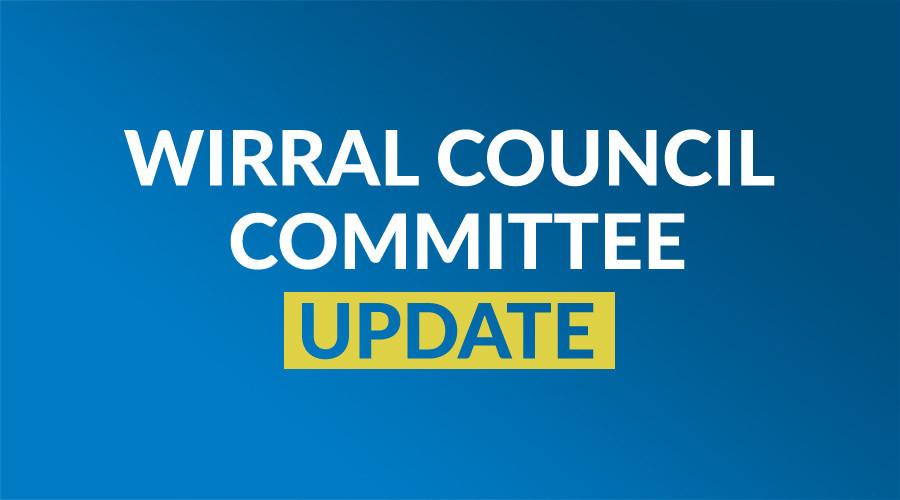Councillors to receive update on LCRCA Spatial Development Strategy
At a meeting of the Economy, Regeneration and Housing Committee on 15th September, Councillors will be given an update on the Liverpool City Region Combined Authority’s Spatial Development Strategy, which will help shape future of development across the region.
The Spatial Development Strategy (SDS) is a statutory requirement under the region’s devolution agreement and will become a central part of Wirral’s Development Plan once adopted. It will influence future planning decisions, housing targets, and the status of the borough’s Local Plan for at least the next 15 years.
It sets out broad priorities for housing, infrastructure, regeneration, and environmental protection, helping to shape where and how future development should happen. While it doesn’t allocate specific sites, as this is the role of local authorities, it can influence key decisions like housing targets and Green Belt reviews.
The Liverpool City Region Combined Authority (LCRCA) is currently preparing the evidence base for the SDS, with public consultation expected in summer 2026 and formal examination in early 2027. Adoption is anticipated by the end of 2027.
Following formal adoption of Wirral’s Local Plan in March 2025, members are being asked to approve the council’s full engagement with the SDS process, allowing the council to be able to influence the development of the SDS in a way that will have a positive impact on plan making in Wirral.
If endorsed this will allow the council to work closely with the LCRCA as well as other local authorities within the city region, as the plan is developed. The work will include housing needs assessments, land reviews and infrastructure planning, and full engagement in the process will ensure that Wirral’s interests and local priorities are considered throughout the process.
Once adopted, the SDS becomes part of Wirral’s Development Plan, meaning it will carry significant impact in terms of housing allocations for each part of the City Region. It can redistribute development needs around its area, and where justified, can identify areas of Green Belt, where boundaries will need to be reviewed through Local Plans, but the SDS cannot amend Green Belt boundaries itself.
Any redistribution of housing requirements will need to be supported by compelling evidence that it can be delivered, and the SDS will be submitted to the Planning Inspectorate for Examination following public consultation. This is to ensure the housing targets within it are thoroughly tested, and therefore engagement in the development of the SDS is crucial to ensure requirements are realistic and deliverable.
The proposed timings of the LCRCA include extensive further evidence-based preparation up until June 2026, in order to respond to recently announced and still emerging policy such as the Planning and Infrastructure Bill and recently revised National Planning Policy Framework (NPPF).
As the SDS is a statutory requirement, the process and research will be carried about by the LCRCA regardless of the level of involvement of any constituent authority.
Studies that will be carried out in the next stage of work include understanding the implications of national reforms on housing and economic growth requirements, considering opportunities to maximise urban land supply, strategic reviews of green belt land across the whole city region, viability assessments, transport modelling, habitats and environmental assessments and understanding the social value benefits of proposals in the SDS.
The paper to be discussed at the ERH committee meeting can be found here.




